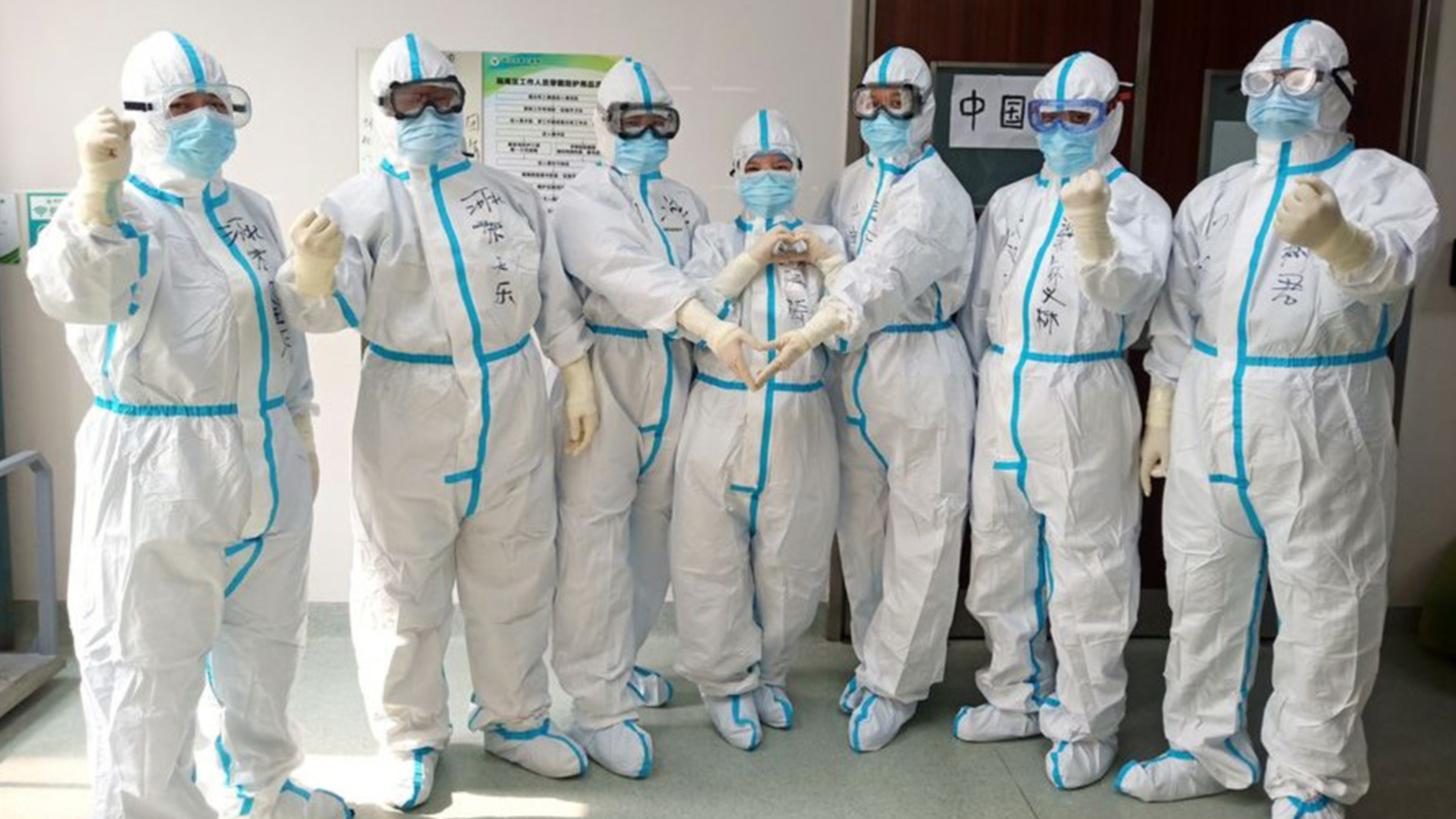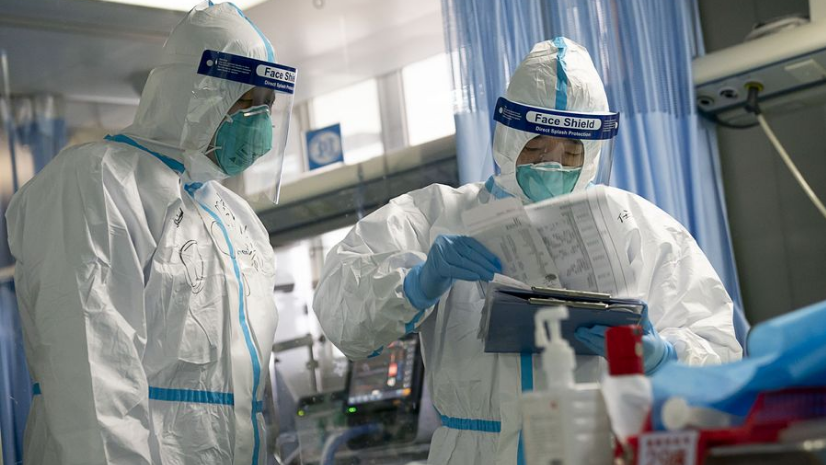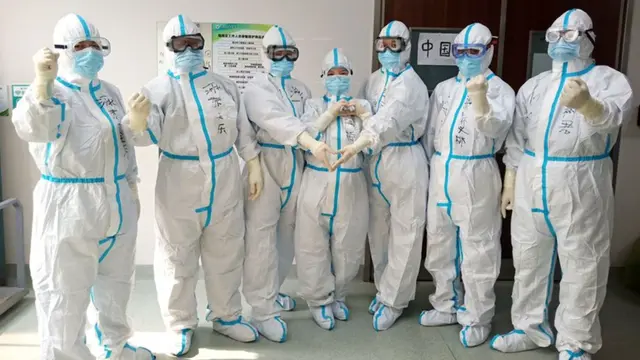02:35

While the COVID-19 epidemic is waning in China, it is unfortunately growing in the rest of the world. On March 4, deaths outside China exceeded those in the country for the first time since the first case was confirmed in late December.
The number of new cases in China has fallen significantly, with 120 on Tuesday. Almost all of them were in Hubei Province, the epicenter of the outbreak.
WHO chief Tedros Adhanom Ghebreyesus said on Monday that the organization's focus of concern is shifting to countries outside China, where the virus is now spreading much faster. More than 12,000 cases have been reported outside China, in 75 countries. South Korea remains the worst hit country, followed by Italy and Iran.
CGTN's senior correspondent Tian Wei talked to Bruce Aylward, the leader of the WHO team that visited China, about the virus. Along with Chinese scientists, Aylward's team toured five cities in China in late February to study the epidemic and the country's response. Afterwards, they released a report that said China's effort in controlling the epidemic had been effective, and should be used as an example for other countries.
In the interview, Aylward pointed out that the biggest danger facing China today is potential complacency – people dropping their guard against this disease.
"This is still the same virus that caused the situation. We are still dealing with it in Wuhan. It is still a very serious situation and a very concerning virus and can wreak havoc. And the moment we drop our guard, a virus like this was going to take advantages – it's going to spread again," Aylward said.

A medical worker checks diagnosis record of a patient with his colleague in Zhongnan Hospital of Wuhan University in Wuhan, central China's Hubei Province, January 24, 2020. /Xinhua
He noted that even though the number of cases was coming down in China, many provinces are still building beds and buying respirators as they worried that the number of cases may increase again after children go back to school and factories re-open. This is what impressed Aylward a lot during his China's trip.
"We have to be prepared for it," Aylward said, adding that he was also impressed by China's efficiency in controlling the epidemic.
"As you had importations, you found them quickly, found the contacts, got them isolated and demonstrated again to the world that this is manageable whether the disease arises from within the country or you get importations," Aylward said.
However, he insisted that complacency is always the biggest risk when it comes to dealing with a virus.
Preventing exponential growth of the virus spread is the key at present, according to Aylward. In the cases of South Korea and Italy, early spread of the virus went undetected, but then the exponential growth takes off and gets people in trouble.
However, that is not the pattern in every country. Aylward used Canada as an example: It has had a number of confirmed cases, but the country is quickly acting on them "following exactly the same public health principles employed in China."
The epidemiologist said that a lot of countries are implementing public health measures they've learned from China. This is what China has contributed to the world in this fight against COVID-19.
Schedule: Monday-Saturday
Time (GMT): 1415, 2015
(If you want to contribute and have specific expertise, please contact us at [email protected])
 简体中文
简体中文





